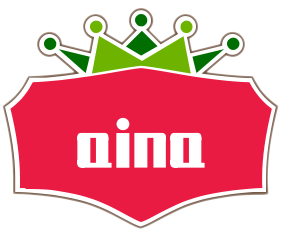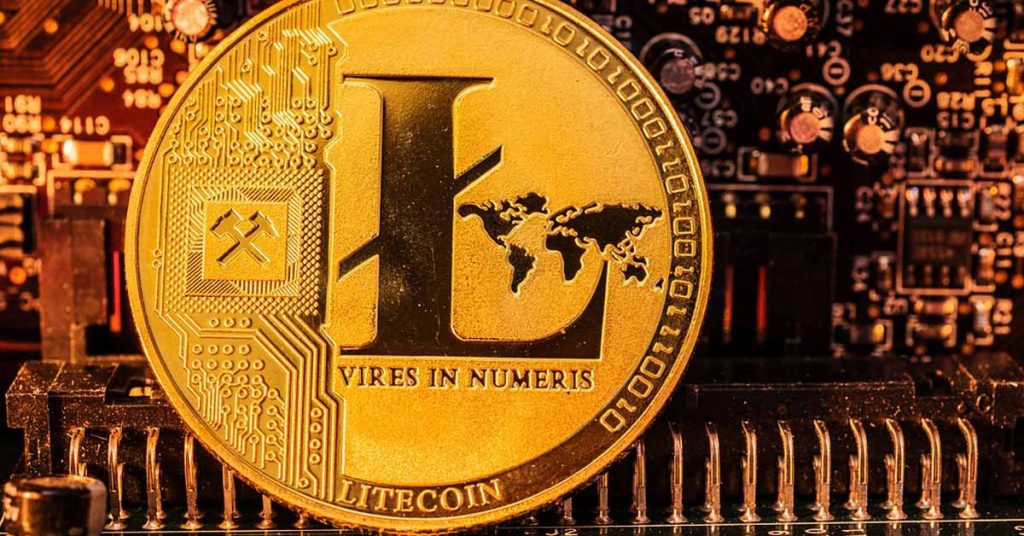ETHGas is a cutting-edge infrastructure protocol designed to transform how gas fees and blockspace commitments operate on the Ethereum network.
This marketplace allows validators, traders, and users to buy, sell, and trade blockspace futures, offering low-latency transaction confirmations—often within milliseconds.
Overview
ETHGas is an innovative Ethereum infrastructure protocol aimed at revolutionizing how Ethereum blockspace (the capacity for transactions in blocks) is accessed, priced, and traded.
Unlike traditional unpredictable and volatile gas fees paid directly per transaction, it creates a real-time market for Ethereum blockspace commitments, enabling transactions to settle almost instantly with predictable fees.
It treats Ethereum blockspace as a liquid, tradable asset by introducing a real-time marketplace that enables Validators (who propose blocks) to sell blockspace commitments ahead of time.
This includes products like “Whole Blocks & Sequencing,” “Inclusion Preconfs” (guarantees of transaction inclusion), and “Execution Preconfs” (guarantees of execution results).
By doing so, it provides more predictable and potentially higher Validator revenues while offering traders tools to secure priority transaction placement and hedge gas fee volatility.
How ETHGas Works
It integrates seamlessly with Ethereum’s existing Proposer-Builder Separation (PBS) infrastructure.
Validators register on ETHGas via a module called Commit-Boost and can sell blockspace slots up to 64 blocks in advance either directly or through automated market makers (Pricers).
Traders and users purchase these commitments and submit their transactions or bundles accordingly.
Builders then construct blocks respecting these commitments, and the system ensures transaction integrity and fall-back safety by relays.
It operates with ultra-low latency under 5 milliseconds, enabling near-instant settlement and execution speeds vastly superior to current Ethereum blocktimes.
A Technical Diagram Of ETHGas Block Pre-confirmations
Here is a technical diagram explained in text form for ETHGas block pre-confirmations based on detailed sources on how the system works:
-
User sends a transaction request to the ETHGas preconferrer (a special sequencer or blockspace seller component).
-
The preconferrer evaluates this transaction and issues a signed preconfirmation—a cryptographic commitment guaranteeing the transaction’s inclusion and execution in a future Ethereum block under specific parameters (e.g., target slot, target round).
-
The preconferrer sends the transaction data, either standalone or bundled/rolled up, to the Ethereum Validator responsible for block proposal.
-
The Validator (Proposer), who registered with ETHGas via Commit-Boost, integrates these preconfirmed transactions into the block construction process.
-
Builders construct the block accordingly, respecting preconfirmation constraints and committing to inclusion guarantees.
-
The Relay ensures the block conforms to commitments; if builders deviate, a fallback block conforming to the commitments is provided.
-
The Validator signs and publishes the block to the chain.
-
If the preconfirmation commitments are violated (e.g., transaction not included or executed as promised), economic incentives apply—slashing or penalties occur to maintain integrity.
-
Users receive near-instant feedback upon preconfirmation receipt and final certainty once the block is finalized.
Key elements of the diagram would include:
-
User → Preconferrer: transaction submission & receipt of preconfirmation
-
Preconferrer → Validator/Builder: transaction data & commitments
-
Validator/Builder → Relay → Blockchain: block building, validation, and publishing
-
Economic enforcement layer: holding collateral & slashing for violations
This process allows ultra-low latency (sub-5ms) commitment guarantees ahead of block finalization, improving user experience and market efficiency on Ethereum by providing predictable execution and front-running protection.
While an actual graphic diagram cannot be embedded here, this flow matches technical charts from ETHGas documentation and articles on pre-confirmations, including the involvement of Validators (proposers), Builders, Relays, Preconferrers, and Users interacting in a secure economic ecosystem enforcing commitments and penalties.
If a graphical diagram is specifically needed, visualization would show a sequence of arrows from Users to Preconferrers, then branching to Validators and Builders, then through Relays to the Ethereum blockchain, with an overlay of economic enforcement (collateral/slashing) ensuring protocol integrity.
ETHGas Airdrop and Participating Steps
ETHGas recently launched its “Great Gas Reckoning” airdrop campaign, attracting over 200,000 participants.
While specific details on eligibility and distribution criteria are evolving, typically airdrops reward users based on network participation or certain interactions such as trading, staking, or blockspace commitment activity on the ETHGas platform.
Step-by-step participation usually involves:
-
Creating and connecting an Ethereum wallet compatible with decentralized applications (e.g., MetaMask).
-
Engaging with the ETHGas platform—this may include using their marketplace to buy or sell blockspace commitments, interacting with supported validators or builders, or participating in community activities.
-
Keeping track of announcements from official ETHGas channels for snapshots or claim instructions.
-
Claiming tokens via official ETHGas tools or governance portals once the airdrop is live.
Tips for Maximizing Bean Earnings (Hypothetical Token Related Tips)
-
Actively participate early in the ETHGas blockspace marketplace to meet qualification criteria.
-
Engage in multiple transaction types or support various Validators to increase chances.
-
Stay updated with governance proposals or staking opportunities related to the ETHGas token.
-
Use timing and gas fee optimization by leveraging ETHGas’s real-time transaction tools to minimize costs and maximize transaction throughput.
Conclusion
ETHGas is positioning itself as a critical infrastructure layer unlocking real-time Ethereum capabilities by transforming blockspace into a tradable, hedgable market.
Its low-latency technology facilitates faster, more predictable transactions and improved validator economics.
The ongoing airdrop campaign incentivizes broad community engagement, potentially rewarding early adopters of this new paradigm.
For users and traders aiming to capitalize on ETHGas, active platform interaction combined with gas fee strategy is essential.
This innovation could shape the future of Ethereum by enabling a “gasless” user experience through institutional optimization, enhanced scalability, and seamless integration within existing Ethereum validator networks.

